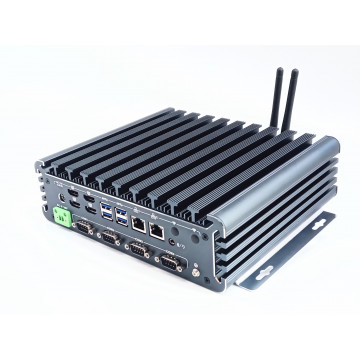- All TZ Pro software (4 displays via HDMI)
- Intel Core i7 1255U (1.7 - 4.7 Ghz) 12th Gen
- DDR4 32 GB
- 500 GB SSD
- W10 pro
- 9 to 36 V
- Power consumption: 7 to 60 W
- 230x200x68 mm (L x W x H)
- 2.64 kg
- 2-year warranty
 CATALOG AND PRICE LIST
CATALOG AND PRICE LIST
 ENERGY
ENERGY
 COMPUTER SCIENCE
COMPUTER SCIENCE
 INSTALLERS
INSTALLERS
 BLOG CONSEIL
BLOG CONSEIL
New products

Charge splitters enable a given current source (often the alternator) to recharge several battery banks at the same time (as many banks as they have outputs), while isolating them.
Two types of distributor are available:
It should be noted, however, that whichever distribution system is used, it does not replace an external alternator regulator such as a pdar, or an alternator charger, which enable an efficient charge cycle (IuoU) to be applied to the service batteries.



